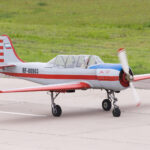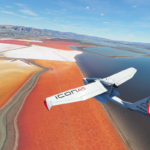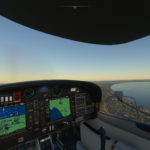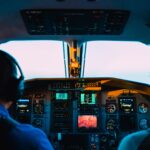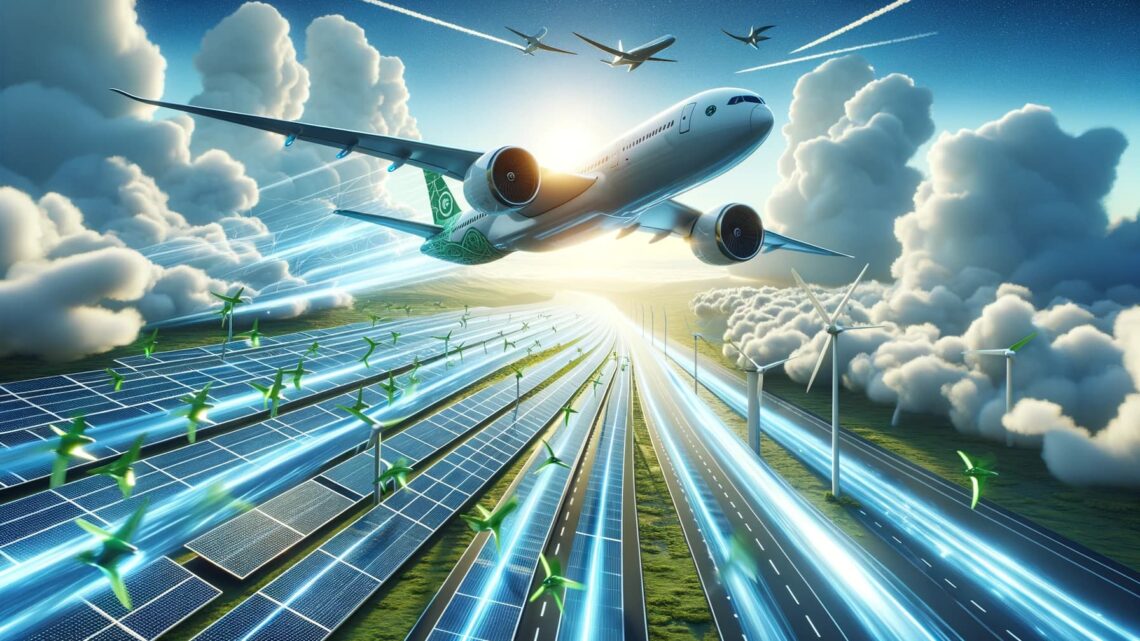
Innovations in Sustainable Aviation Technology
The aviation industry stands at the cusp of a revolution, with sustainable aviation technology leading the charge towards a greener future. This transition not only promises to reduce the carbon footprint of air travel but also to introduce efficiency and innovation in aerospace design and operations. In this article, we delve into the latest advancements in this field and their potential to redefine the skies.
Sustainable aviation encompasses a broad range of technologies, including electric propulsion, biofuel development, and aerodynamic enhancements. Each of these innovations plays a crucial role in mitigating the environmental impact of flying, offering paths towards reducing greenhouse gas emissions and noise pollution. For a foundational understanding of the technological underpinnings, the basics of programming languages offer insights into the software that drives these advancements.
Navigating the Future of Air Travel Through Sustainable Aviation Technologies
The aviation industry is on the brink of a transformative era, driven by the advent of sustainable aviation technology. This shift towards eco-friendly solutions is poised to significantly diminish the environmental footprint of air travel, ushering in a new age of efficiency and innovation in the realm of aerospace design and operations. As we explore the forefront of these advancements, it becomes clear that the potential to reshape our skies is immense. Sustainable aviation is not a singular approach but a comprehensive suite of technologies, including electric propulsion, the development of biofuels, and aerodynamic improvements. Each innovation serves a vital purpose in reducing the ecological impact of aviation, paving the way for a reduction in greenhouse gas emissions and noise pollution. Understanding the technical foundations, such as the programming languages that drive these advancements, is essential for grasping the full scope of what these technologies promise for the future of air travel.
A Comparative Analysis of Emerging Technologies in Sustainable Aviation
At the heart of sustainable aviation are key technologies that are set to redefine the industry. Electric propulsion systems represent a monumental shift towards utilizing renewable energy sources, moving away from traditional fossil fuels. Advanced biofuels emerge as a viable, more sustainable alternative to conventional jet fuel, offering the potential for significantly lower carbon emissions. Meanwhile, aerodynamic innovations aim to enhance the efficiency of aircraft, reducing fuel consumption and, consequently, emissions. A comparative analysis of these technologies reveals varying impacts on emissions and stages of development, from the emerging electric propulsion to commercially available biofuels and widely implemented aerodynamic enhancements. Addressing the challenges that lie ahead, including technological, financial, regulatory, and infrastructural hurdles, is crucial for the advancement of sustainable aviation. The role of programming in this journey is indispensable, as it underpins the software essential for optimizing these groundbreaking technologies, ensuring their efficiency, safety, and reliability as we venture towards a more sustainable future in aviation.
Key Technologies Shaping Sustainable Aviation
- Electric Propulsion Systems: Mark a shift from fossil fuels to renewable energy sources for aircraft power.
- Advanced Biofuels: Provide a sustainable alternative to conventional jet fuel, with lower carbon emissions.
- Aerodynamic Innovations: Enhance aircraft efficiency, reducing fuel consumption and emissions.
Comparative Analysis of Sustainable Technologies
| Technology | Impact on Emissions | Stage of Development |
| Electric Propulsion | Significant reduction | Emerging |
| Advanced Biofuels | Moderate reduction | Commercially available |
| Aerodynamic Enhancements | Variable, based on design | Widely implemented |
Frequently Asked Questions (FAQ)
What are the main challenges facing sustainable aviation technology?
The main challenges include technological limitations, high development costs, regulatory hurdles, and the need for infrastructure adaptation to accommodate new fuel types and propulsion systems.
How do electric propulsion systems work in aircraft?
Electric propulsion systems in aircraft use batteries to power an electric motor, which drives the propellers or fans. This system eliminates the need for conventional jet fuel, significantly reducing emissions.
Can sustainable aviation realistically replace conventional air travel?
While it’s a long-term goal, sustainable aviation is expected to gradually replace conventional air travel as technologies mature and become economically viable. The transition will require significant investment in research, development, and infrastructure.
What role does programming play in advancing sustainable aviation?
Programming is pivotal in developing and optimizing the software that controls and monitors sustainable aviation technologies, ensuring efficiency, safety, and reliability. The evolving role of programming, especially in the context of AI assistants, is further explored in the adaptation of programming education.
